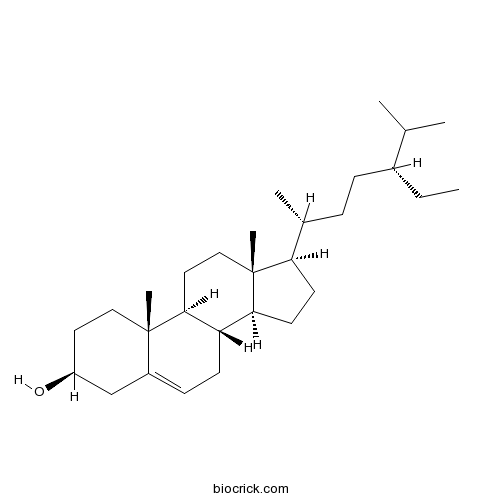Melicope pteleifolia
Melicope pteleifolia
1. The products in our compound library are selected from thousands of unique natural products; 2. It has the characteristics of diverse structure, diverse sources and wide coverage of activities; 3. Provide information on the activity of products from major journals, patents and research reports around the world, providing theoretical direction and research basis for further research and screening; 4. Free combination according to the type, source, target and disease of natural product; 5. The compound powder is placed in a covered tube and then discharged into a 10 x 10 cryostat; 6. Transport in ice pack or dry ice pack. Please store it at -20 °C as soon as possible after receiving the product, and use it as soon as possible after opening.
Natural products/compounds from Melicope pteleifolia
- Cat.No. Product Name CAS Number COA
-
BCN8288
S-(+)-Marmesin13849-08-6
Instructions

-
BCN5590
Daidzein486-66-8
Instructions

-
BCN4171
Wogonin632-85-9
Instructions

-
BCN1015
Beta-Sitosterol83-46-5
Instructions

Pteleifolols A-E, acetophenone di-C-glycosides and a benzopyran dimer from the leaves of Melicope pteleifolia.[Pubmed: 27600933]
None
Chemical constituents from Melicope pteleifolia leaves.[Pubmed: 27374481]
Five acetophenones bearing spiroketal-hexofuranoside rings, one di-C-glycosidic acetophenone and two benzopyrans, along with 16 known compounds were isolated from the leaves of Melicope pteleifolia. Structures of all the isolates were elucidated using extensive spectroscopic methods, including 1D, 2D-NMR and HRESIMS. All the isolates were also evaluated for their neuraminidase inhibitory activities against H1N1, H9N2, wild-type H1N1 and oseltamivir-resistant H1N1 (H274Y mutation) virus strains. Of the isolates, tamarixetin 3-robinobioside was found to exhibit the strongest enzymatic inhibition (IC50 24.93 ± 3.46, 23.19 ± 5.41, 26.67 ± 5.16 and 40.16 ± 4.50 μM, respectively). Selected candidates, kaempferol 3-robinobioside, kaempferol 3-O-β-d-glucopyranosyl (1 → 2)-α-d-xylopyranoside and tamarixetin 3-robinobioside, also showed moderate reductions in H1N1-induced cytopathic effects on MDCK cells.
Glycosidic constituents from the roots and rhizomes of Melicope pteleifolia.[Pubmed: 23010492]
Seven new diglycosidic constituents, named pteleifosides A-G (1-7), along with ten known glycosides, were isolated from the roots and rhizomes of Melicope pteleifolia (Champ. ex Benth.) T. Hartley. The structures of the isolated compounds were established on the basis of chemical and spectroscopic methods, mainly 1D and 2D NMR data and mass spectrometry.
3,5,3'-Trihy-droxy-4'-meth-oxy-7-(3-methyl-but-2-en-yloxy)flavone.[Pubmed: 21522412]
The title compound pteleifolosin C, C(21)H(20)O(7), was isolated from the petroleum ether-soluble fraction of an indigenous Chinese tree Melicope pteleifolia (Rutaceae). The dihedral angle between the benzene rings is 2.7 (2)°. Intra-molecular O-H⋯O hydrogen bonds occur. In the crystal, mol-ecules are linked by inter-molecular O-H-O hydrogen bonds.


